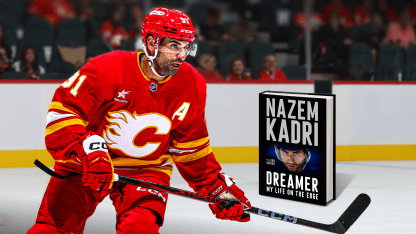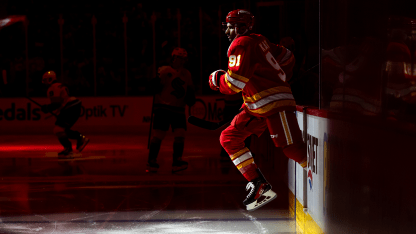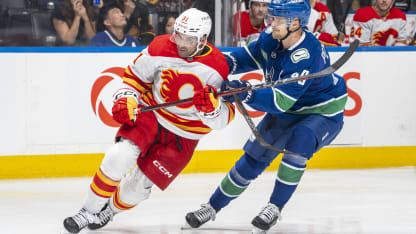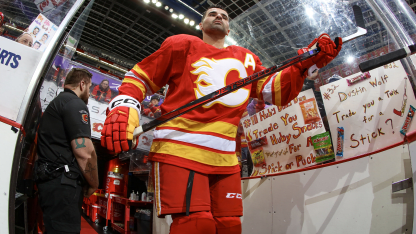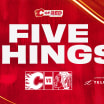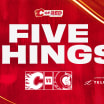I shuffled in my skates, searching for balance. Another cold and crowded day, but I was on the ice again—and on the ice I was happy. Skating brought the promise of warmth. It meant hands clutching a cup of steaming hot chocolate and the heat of my father beside me. We’d often visit the outdoor rink at Victoria Park in downtown London, Ontario; it was one of my favourite places to be. And it was a free skate, which meant a chance to practise the art my father and I had watched on television.
I pictured myself raising a silver trophy high above my head, just as those grown men had.
In London, most hockey fans support either the Toronto Maple Leafs, the Detroit Red Wings, or the Buffalo Sabres, the city having a nearly equal proximity to each team.
But we loved the Montreal Canadiens.
My dad became a Habs fan when he was young, shortly after he arrived in Canada from Lebanon when he was five years old. At first he was drawn to the team’s jerseys—he loved the logo and the sharp red and blue colours. It was the 1970s, when the Canadiens were the best team in hockey, with players like Guy Lafleur, Serge Savard, and Larry Robinson. Dad learned the game watching the dynasty that won five Cups in a decade, including four straight.
It was hard to argue with my father’s allegiances. The Canadiens won the Stanley Cup for him again in 1986. Then I came along. One of my first memories is of the Habs winning the Cup in 1993, when I was three.
Early on, my parents saw how much I enjoyed practising my hockey moves—whether it was at Victoria Park or one of the dozens of indoor arenas across London—so they found ways to make sure I could learn. And for my father, it was a chance to share a game he loved. We pursued it together.
Saturday nights were our nights, our bonding time. We’d watch Hockey Night in Canada together every week, and would catch the highlights of every game. It’s one of the fondest memories of my child- hood—just Dad and I sitting on the couch together, watching hockey.
As I grew, the game became a constant part of my life.
I remember playing hockey outside on the street, as young as three or four years old, in my running shoes with a tiny stick in my hands. And each winter I’d help my father build a rink in our back- yard, handing him the tools and pretending to do my part. Then, when I was old enough, I joined minor hockey, practising and play- ing several times a week. I was a short and skinny kid, usually one of the smallest on my team. I was skilled, but never the best player on the ice.
In many ways, my childhood was similar to that of most of my minor hockey teammates. They all had parents who drove them to skate at Victoria Park, or helped them build a rink in their backyard, or shuttled them around town to games and practices.
But almost all my teammates also had a parent, sibling, or relative who’d played hockey at a high level. That’s usually how young kids get started in the first place, since it’s the kind of sport that tends to be passed on through the generations. So my hockey story is a bit different in that way.
My grandfather’s name was Nazem Kadri. He was the Original Gangster. Back in the 1960s, he and my grandmother, Sharfi, left Lebanon with their kids to escape war. His older brother had left before he did, settling in Brazil where he started a family, and my grandfather was very close to moving there to join him. But the brothers also had some relatives who’d moved to Canada, so the OG decided to head north.
It’s funny how the stars align. A decision made decades ago can change the whole course of your life. My grandfather’s move to Canada allowed me to become who I am. Without that move, it’s unlikely that I’d ever have found my way to the ice.
My grandparents didn’t know English when they settled in a small town just outside of London—the largest city in southwest- ern Ontario, which sits almost exactly midway between Toronto and Detroit.
My grandfather was a hardworking, blue-collar guy. It’s hard to find steady employment in a new country while you’re struggling to understand its language. But Nazem Kadri was a grinder. He came from a traditional background, the kind of generation where life’s main pursuit was to go to work and make money for your family. So not only did he hold several factory jobs, but he also took on extra work to support his wife and their seven children.

